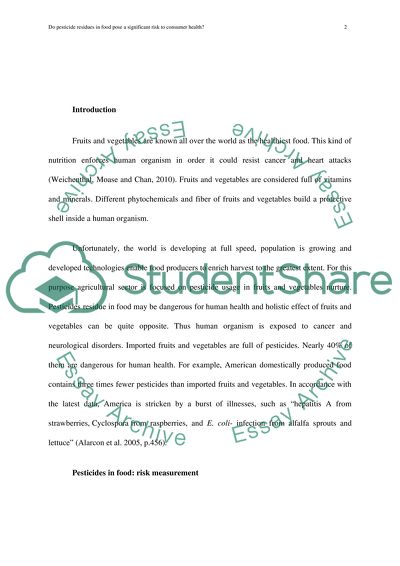Cite this document
(“Do pesticide residues in food pose a significant risk to consumer Essay”, n.d.)
Retrieved from https://studentshare.org/environmental-studies/1407298-do-pesticide-residues-in-food-pose-a-significant
Retrieved from https://studentshare.org/environmental-studies/1407298-do-pesticide-residues-in-food-pose-a-significant
(Do Pesticide Residues in Food Pose a Significant Risk to Consumer Essay)
https://studentshare.org/environmental-studies/1407298-do-pesticide-residues-in-food-pose-a-significant.
https://studentshare.org/environmental-studies/1407298-do-pesticide-residues-in-food-pose-a-significant.
“Do Pesticide Residues in Food Pose a Significant Risk to Consumer Essay”, n.d. https://studentshare.org/environmental-studies/1407298-do-pesticide-residues-in-food-pose-a-significant.


